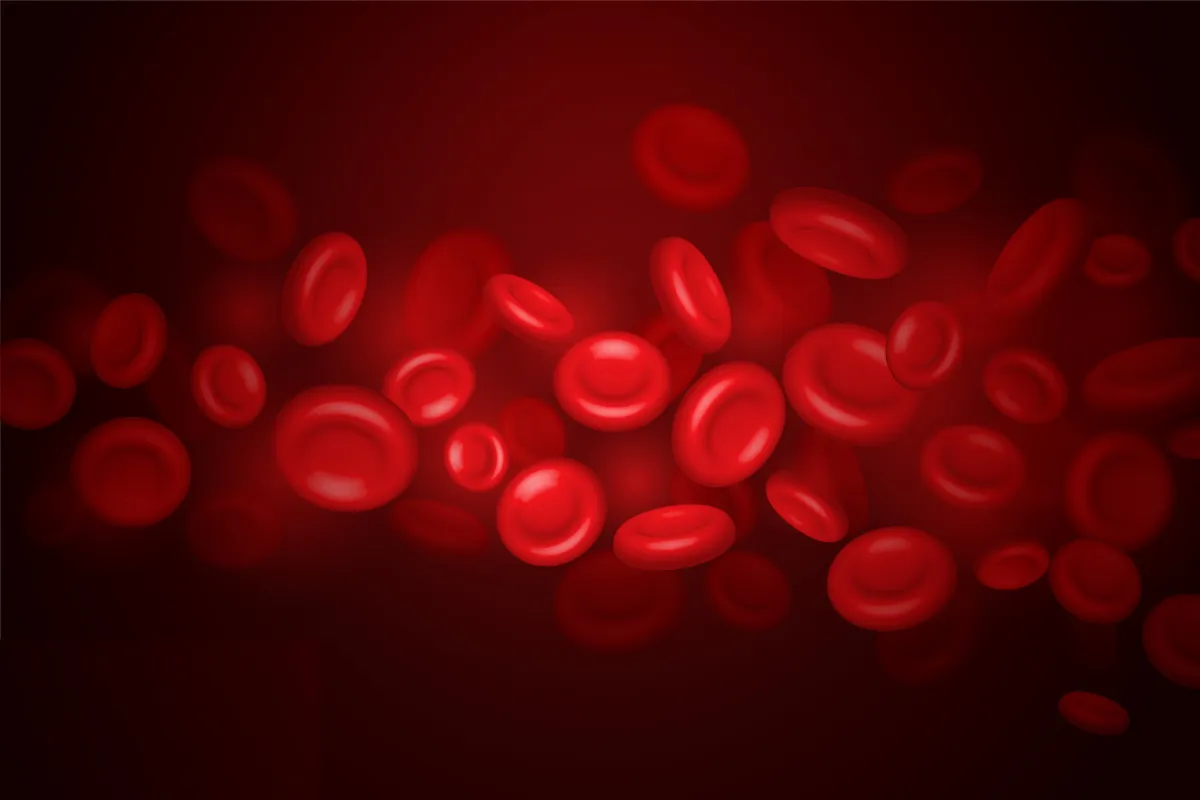Sickle Cell Anemia: Millions of individuals worldwide suffer from the severe genetic blood condition known as sickle cell anaemia. This disorder causes red blood cells to shift form, which can lead to a number of health issues. World Sickle Cell Day is marked annually on June 19th in an effort to increase awareness of the disorder, encourage early detection, and enhance treatment results. Comprehending the signs and symptoms of sickle cell anaemia as well as its underlying causes can aid in both illness management and improving the lives of individuals afflicted.
Understanding Sickle Cell Anemia
Sickle Cell Disease (SCD), often referred to as Sickle Cell Anaemia, is a genetic disorder that causes red blood cells to change in form. Red blood cells are normally spherical and flexible, which makes it easy for them to pass through blood arteries. These cells stiffen up and take on the appearance of a sickle or crescent when someone has sickle cell anaemia. This unusual form may obstruct blood flow, resulting in a number of health issues.
Symptoms of Sickle Cell Anemia
The signs of sickle cell anaemia Anaemia can differ from person to person and evolve with time. Typical symptoms consist of:
1. Pain Crises
Severe bursts of agony known as sickle cell crises or pain crises. These emergencies happen when blood flow in tiny blood arteries is obstructed by sickle-shaped cells. Although pain can be felt anywhere in the body, it frequently affects the joints, chest, and abdomen. A few hours to many days may pass throughout the painful period.
2. Fatigue and Anemia
Sickle Cell Anaemia Patients Feel weak and exhausted a lot because of anaemia. When the body doesn’t have enough healthy red blood cells to distribute enough oxygen throughout, anaemia develops. This may result in ongoing exhaustion and low energy.
3. Swelling in Hands and Feet
Dactylitis, or swelling, can happen in the hands and feet as a result of restricted blood supply. In the afflicted locations, this may result in discomfort and soreness.
4. Frequent Infections
The spleen is an organ that helps fight infections, but it can be harmed by sickle-shaped cells. People who have this condition may be more prone to serious and frequent infections.
5. Delayed Growth
Sickle cell anaemia in children can cause delayed puberty and reduced development. This is a result of the illness impairing the body’s capacity to supply adequate oxygen and nutrients for healthy growth and development.
6. Vision Problems
Vision issues may arise from blockages in the blood vessels of the eyes. This may occasionally result in irreversible harm and blindness.
Causes of Sickle Cell Anemia
The HBB gene, which gives instructions for producing a portion of haemoglobin, is mutated in sickle cell anaemia. The protein that transports oxygen in red blood cells is called haemoglobin. Haemoglobin S (HbS), an aberrant form of haemoglobin, is produced when the mutation occurs.
1. Genetic Inheritance
Sickle Cell Anemia is inherited in an autosomal recessive pattern. This means that a person must inherit two copies of the mutated gene (one from each parent) to have the disease. If a person inherits only one copy of the mutated gene, they are a carrier (known as sickle cell trait) but usually do not show symptoms.
2. Risk Factors
The majority of those with the syndrome are of African, Mediterranean, Middle Eastern, and Indian descent. Carrying the sickle cell trait or having a family history of sickle cell anaemia increases the likelihood of getting sickle cell anaemia in a kid.
Diagnosis and Treatment
1. Diagnosis
Sickle Cell Anemia is usually diagnosed through a blood test. Newborn screening programs can detect the condition shortly after birth. In some cases, genetic testing may be used to identify carriers and help with family planning.
2. Treatment
While there is no universal cure for Sickle Cell Anemia, treatments can help manage symptoms and reduce complications. Common treatments include:
- Pain Management: Pain relief can be achieved through medications and therapies.
- Blood Transfusions: These can help treat anemia and reduce the risk of stroke.
- Hydroxyurea: This medication can reduce the frequency of pain crises and the need for blood transfusions.
- Stem Cell Transplant: In some cases, a stem cell transplant can offer a potential cure. This procedure involves replacing the affected bone marrow with healthy marrow from a donor.
Living with Sickle Cell Anemia
Sickle cell anaemia requires both lifestyle modifications and routine medical treatment. Managing symptoms and averting consequences can be achieved by drinking enough of water, avoiding hot or cold environments, and scheduling routine examinations. To manage the difficulties of the illness, family, friends, and support groups are crucial sources of assistance.
Disclaimer: This material, including advice, provides general information only. It is in no way a substitute for a qualified medical opinion. Take the methods, and claims mentioned in this article as suggestions only; DNP India does not confirm or refute them. Consult a doctor before implementing any such suggestions/ treatment/medicine/diet.
Keep watching our YouTube Channel ‘DNP INDIA’. Also, please subscribe and follow us on FACEBOOK, INSTAGRAM, and TWITTER
